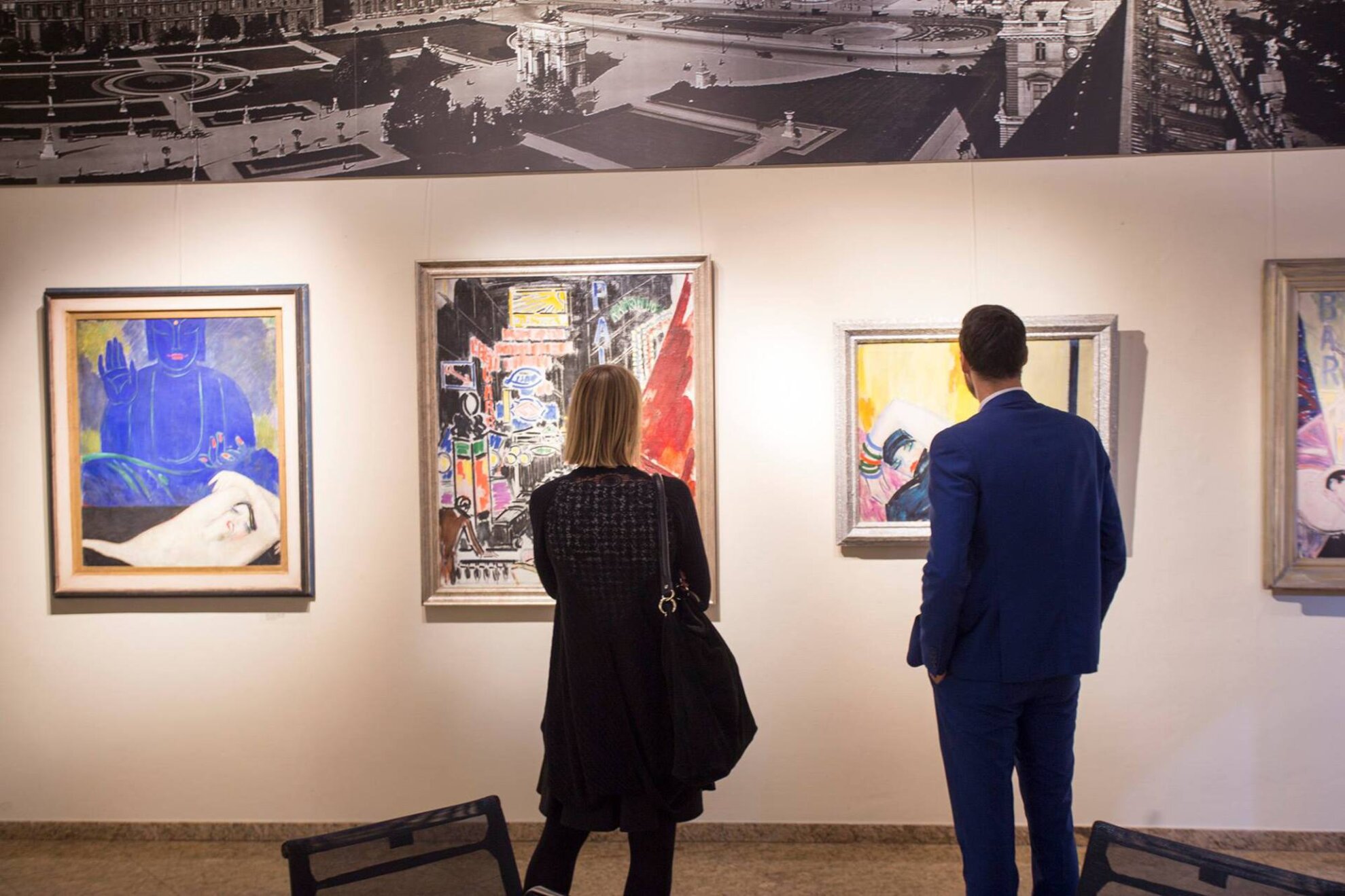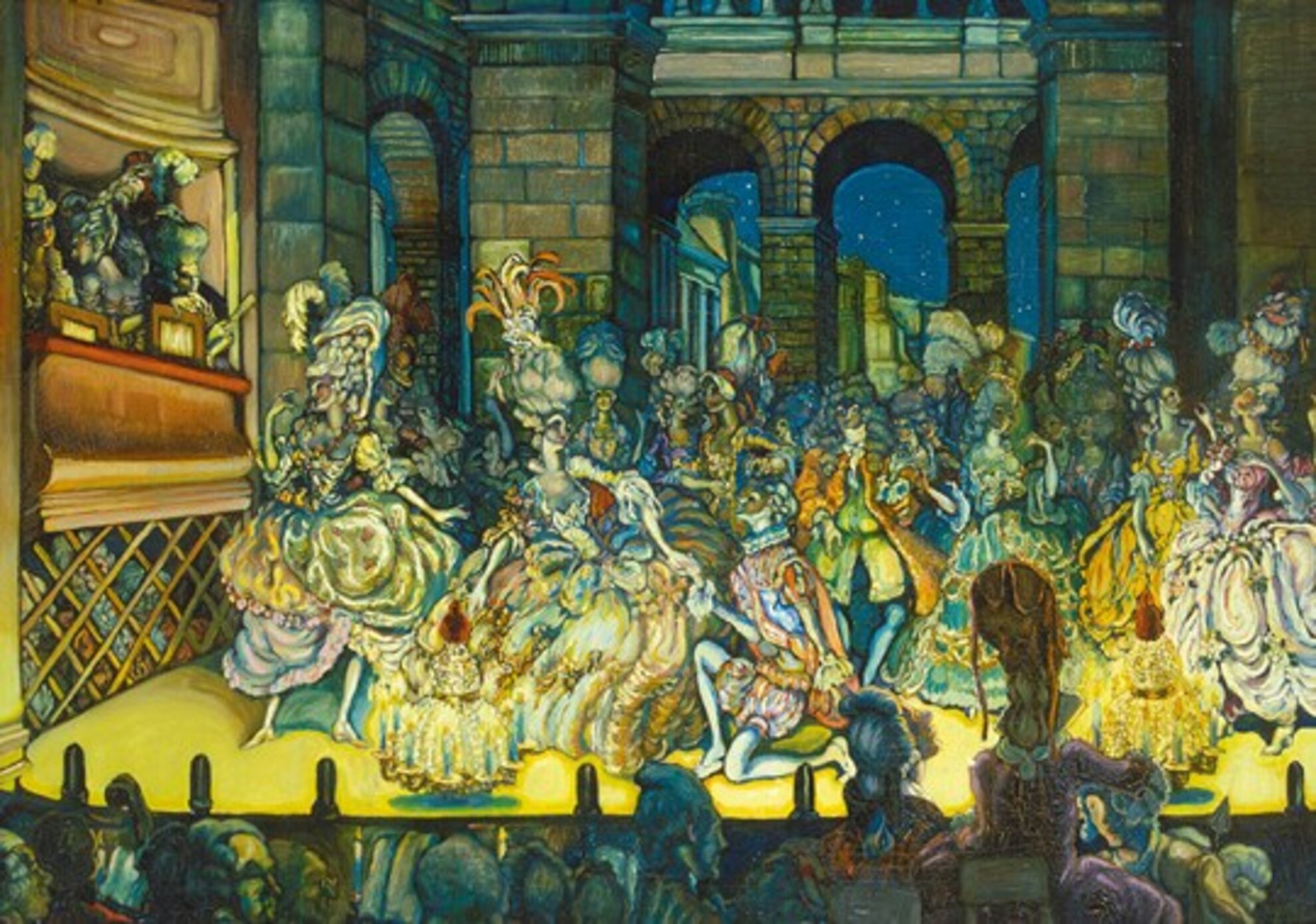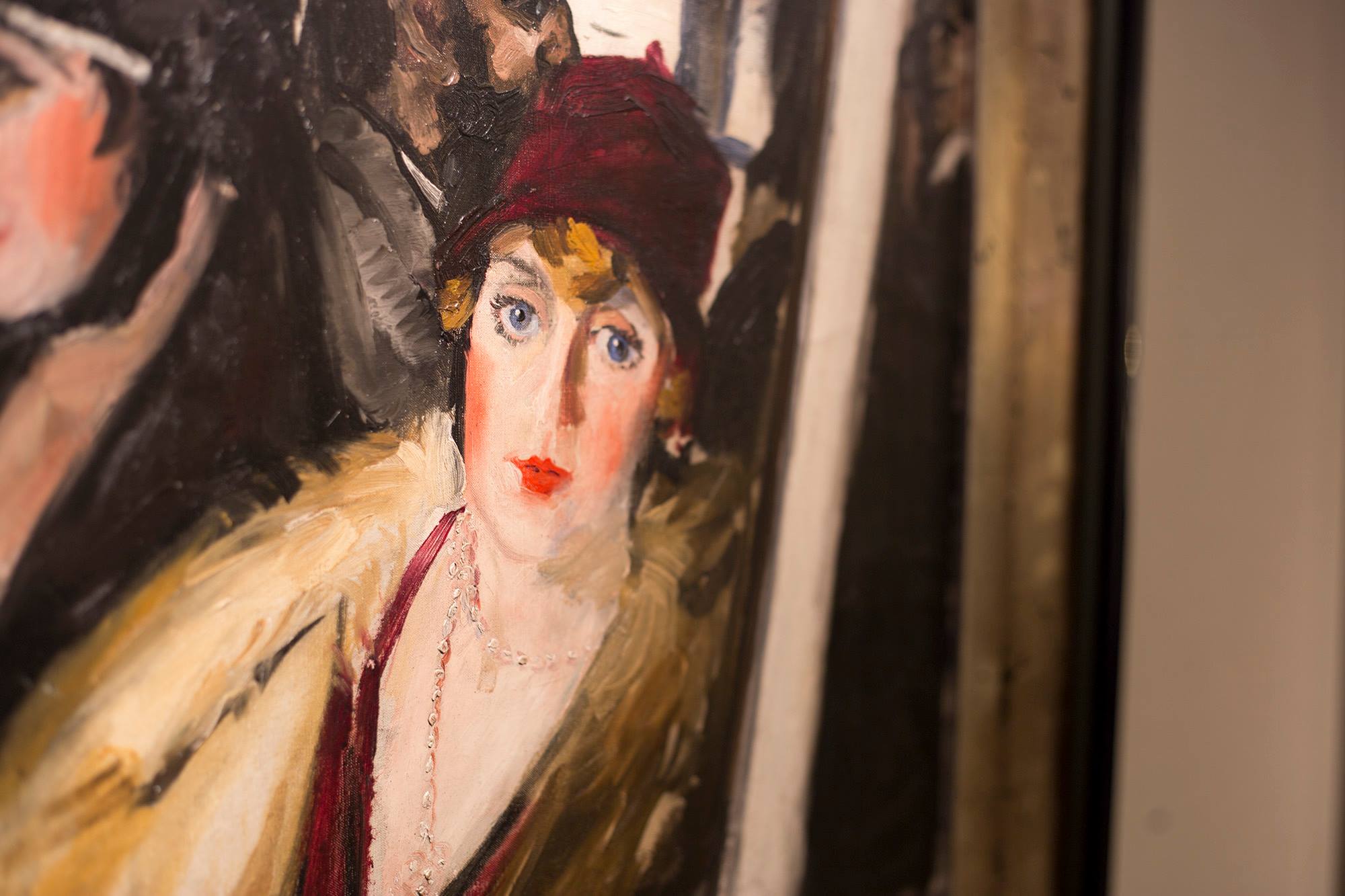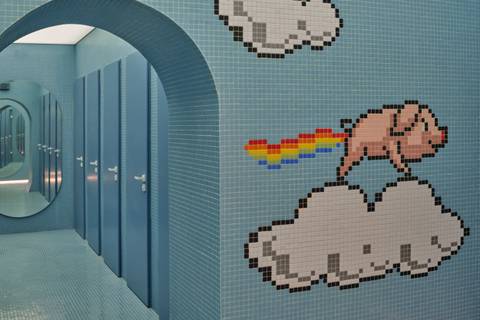A new exhibition at the Virág Judit Gallery, “Paris-Budapest 1890-1960”, explores the artistic relationship between the French and the Hungarian capitals through paintings, statues and photographs over the course of 70 years. Many works have never been exhibited before. Admission is free of charge. “Paris-Budapest” is the second installment in a trio of exhibitions. “Berlin-Budapest” has already been showcased – earning the gallery the prestigious Opus Mirabile award – while “Rome-Budapest” is yet to come.
In the 19th century Paris became the artistic capital of Europe, as its art scene was more loose, more democratic and more marketable than that of other European cities. The French capital attracted artists from all over the world, including Hungary. These creatives drifted to two separate ends of the city, Montparnasse and Montmartre. This was a colorful and exciting era, when ideas intermingled and new styles were born, inspiring the work of the Hungarians as well. Many followed Fauvism that started out under the hands of Matisse, some later pioneered Cubism in Hungary, while others were part of the School of Paris (École de Paris), a collective name referring to the group of French and émigré artists who worked in the French capital during this time.

In 1909 there was even a Hungarian quarter in Montparnasse. Quite a few female artists were part of it as well, as gender pressure was less strong on women in Paris than in Budapest back then. Hungarians who emigrated to France were constantly learning and experimenting, but the price was often low living standards.

This current exhibition occupies three floors. On the upper one, works by Hungarian painters such as János Vaszary and Lajos Batthyány depict cafés, salons, streets and various other everyday scenes. Downstairs, a colorful cavalcade of paintings by prominent Hungarian painters Rippl-Rónai, István Csók and Lajos Gulácsy adorn the simple black walls. Films, collages, posters, newspapers, sculptures and photographs from the time are also showcased.




